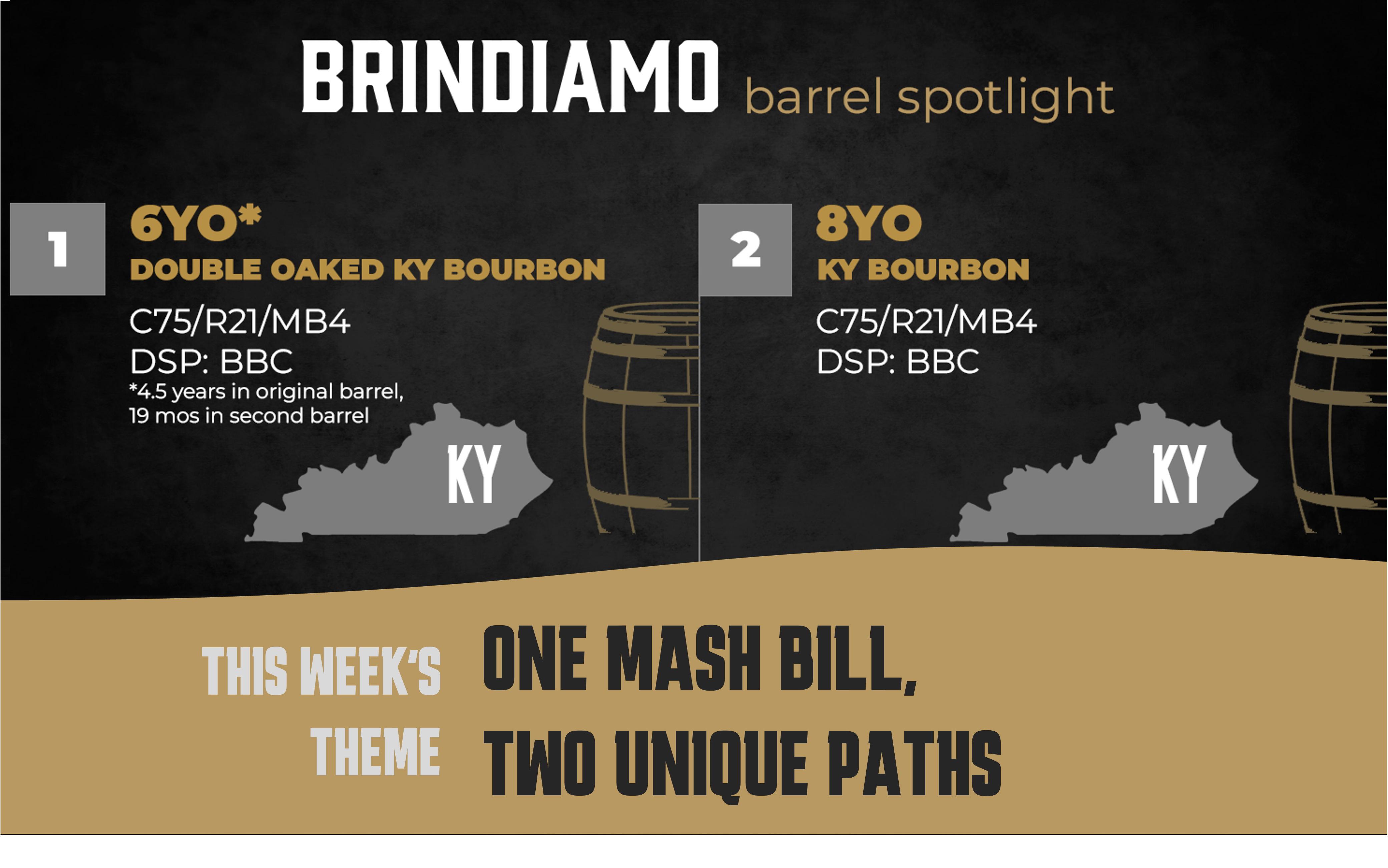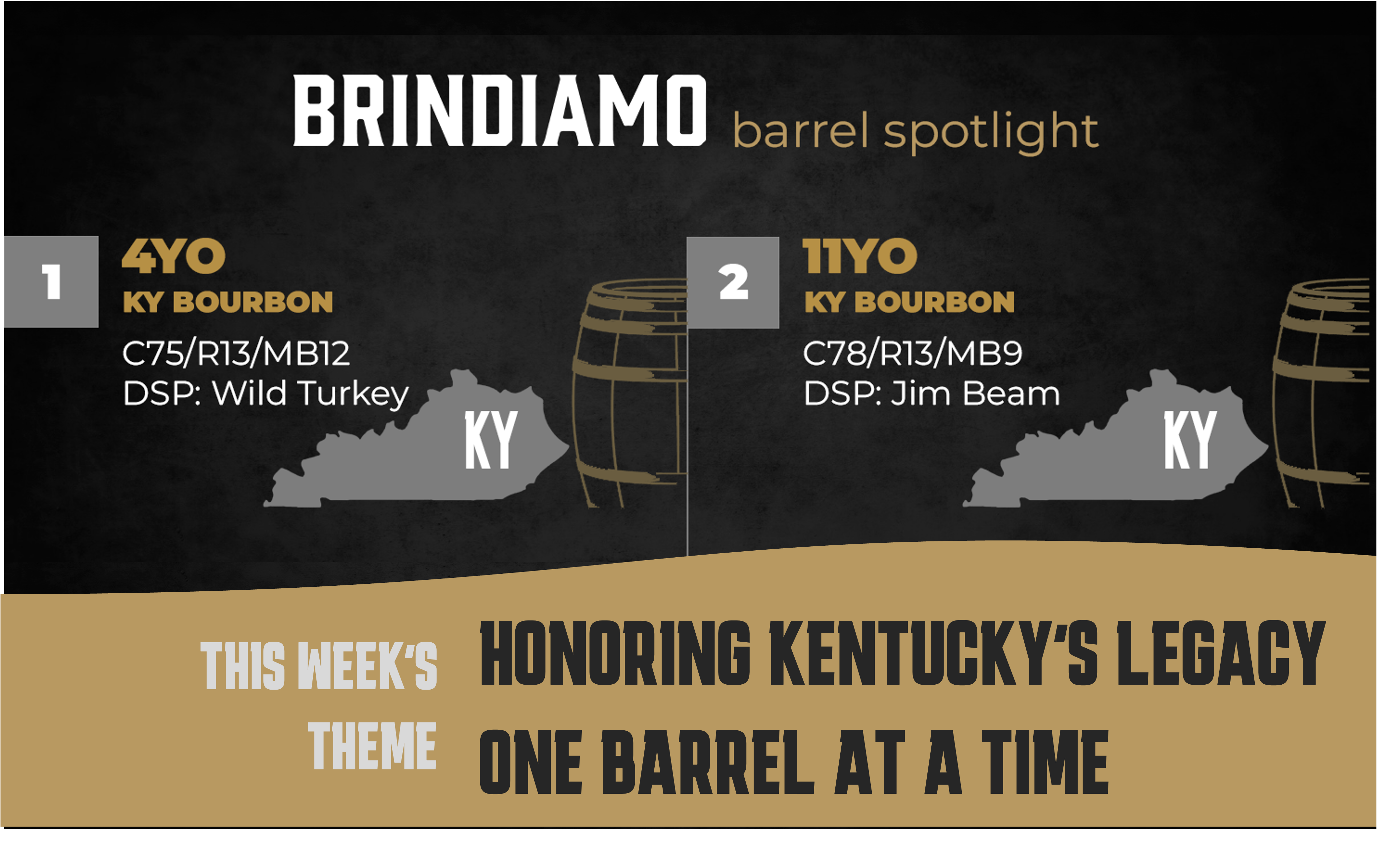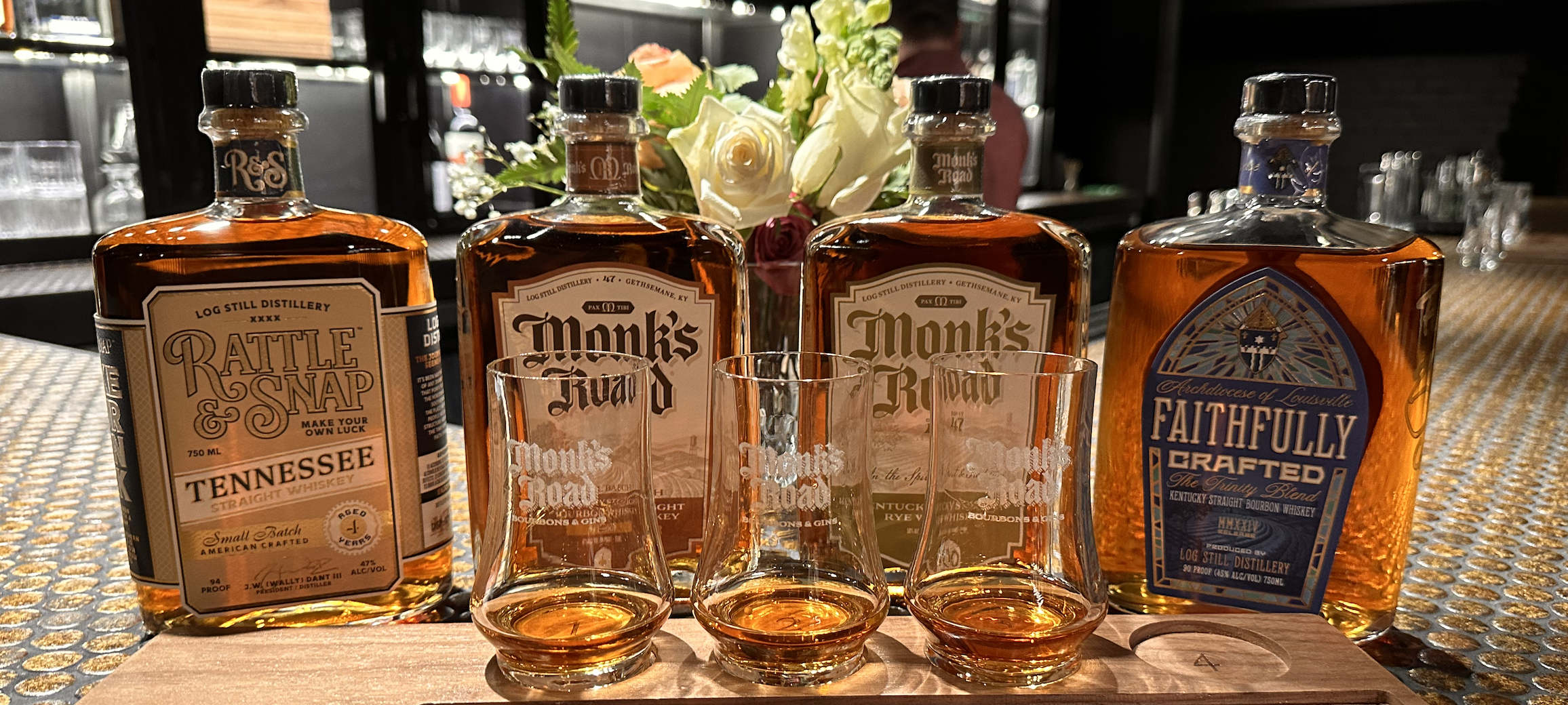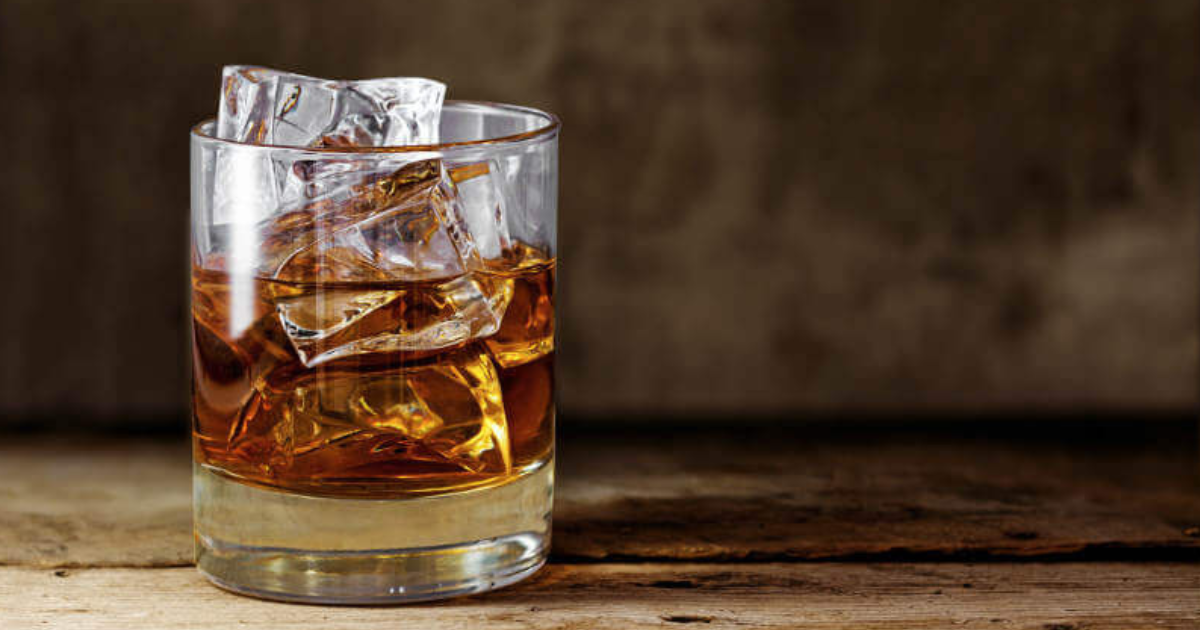Barrel Spotlight: One Mash Bill, Two Unique Paths
Welcome back to the Brindiamo Barrel Spotlight, our weekly email series highlighting the barrels, distilleries, and market dynamics shaping today’s...
1 min read
Admin : Nov 30, 2022 12:00:00 AM
.png)
One of the key components of the bourbon distillation process is the aging stage, where the liquor improves over time, developing its unique aroma, flavor, and color characteristics (such as caramel). By law, bourbon must be aged in charred new oak barrels before earning the title of straight bourbon. However, the regulations are quite flexible regarding what happens to the barrels afterwards. Some distilleries may repurpose them, sell them to private buyers, or use them as rickhouses – tall rectangular structures specifically designed for storing and aging spirits. Let's explore how rickhouses play a role in the bourbon distillery process.
A rickhouse is a tall rectangular structure constructed from either wood or steel. Its purpose is to house and age distilled spirits, typically bourbon. These structures are often situated near the distillation process to closely monitor the aging process. Some of the oldest rickhouses date back to the late 1700s and were primarily utilized for aging whiskey in Ireland. The term "rick" is believed by some historians to stem from the Irish word "righ," meaning king. Historically, a distiller's rickhouse was referred to as a king's warehouse. Today, they are commonly built with concrete or brick bottoms and metal walls for enhanced durability compared to wooden structures.
Rickhouses are essential for distilleries to age bourbon, sometimes for several years. The choice of wood used in these structures not only influences how the spirit matures but also impacts its final taste. Whiskeys may spend extended periods in the same rickhouse before bottling, allowing distillers to experiment with various wood types to achieve specific flavor profiles.
Rickhouses play a vital role in the bourbon industry by storing and aging the bourbon before it is bottled. This not only enhances the quality of the bourbon but also affects the production output, as the barrel-aging process can be time-consuming. Typically, whiskey barrels spend anywhere from two to six years in a rickhouse, allowing the spirit to mature in a controlled environment. Different types of barrels are used in the aging process, each contributing to a unique taste profile based on the wood used, construction style, and charring level.
If you have a vision for a brand, business, or distilling process, look no further. Here at Brindiamo Group, we pride ourselves on being your go-to destination for all things related to the alcoholic beverage industry.
Contact us today about strategy, branding and marketing, and more. We are excited to collaborate with you.

Welcome back to the Brindiamo Barrel Spotlight, our weekly email series highlighting the barrels, distilleries, and market dynamics shaping today’s...

The market for bourbon barrels is bifurcated. Over the course of the last 24 months, the conversation has shifted from how to find whiskey to how to...

Welcome to the Brindiamo Barrel Spotlight, our weekly series celebrating the barrels, distilleries, and market dynamics shaping today’s whiskey...

At Brindiamo, we believe that every whiskey tells a story. Our Flight Spotlight series showcases curated whiskey experiences that highlight...
.png)
When it comes to aging alcohol, Oak Barrels are commonly used. It's essential to note that different types of wood, and even the geographic origin of...

S.P.I. Group has acquired the rights to "The Wise Man's Bourbon,"™, adding a new whiskey brand to its growing wine & spirits portfolio. Additionally,...
Join the conversation
Leave a comment below.